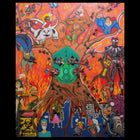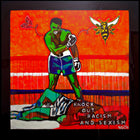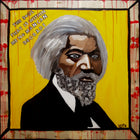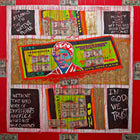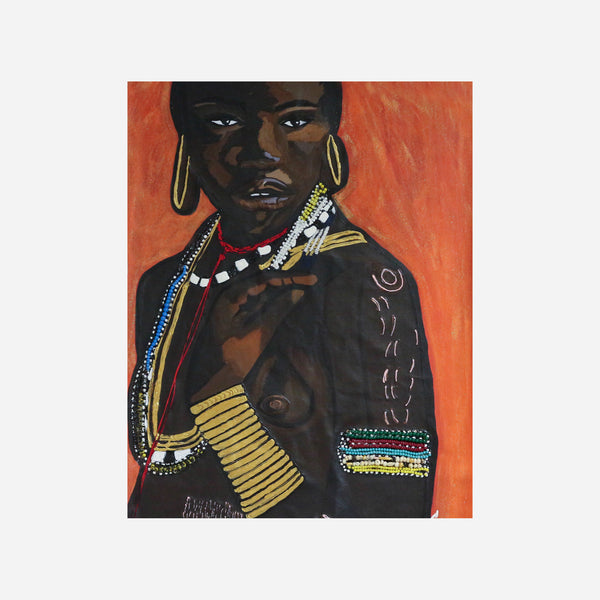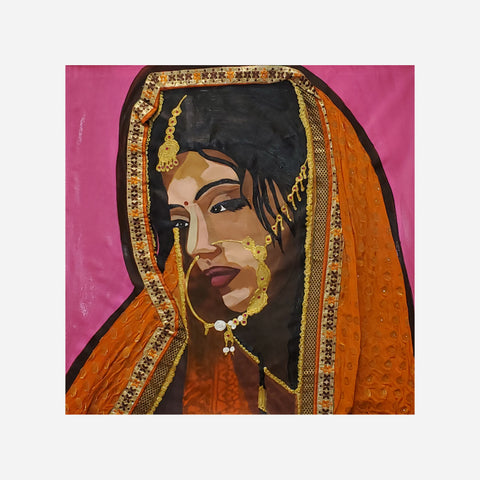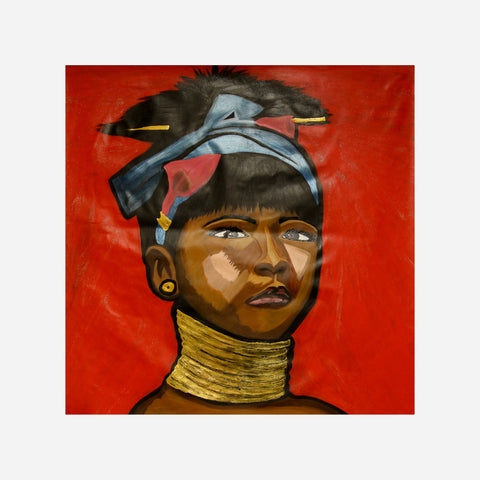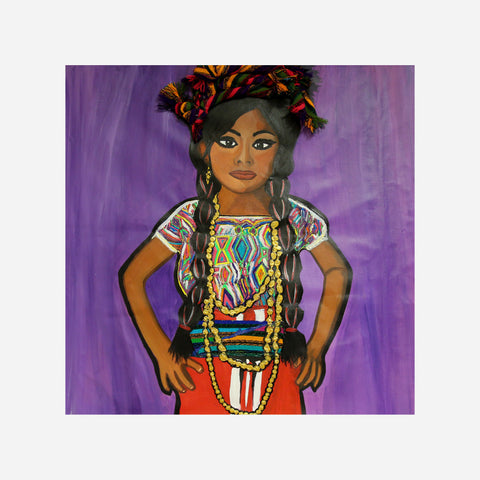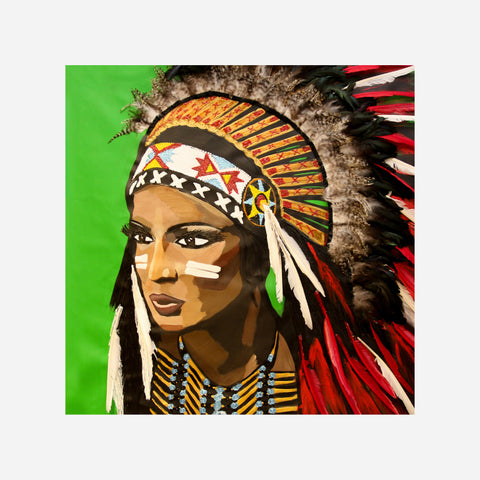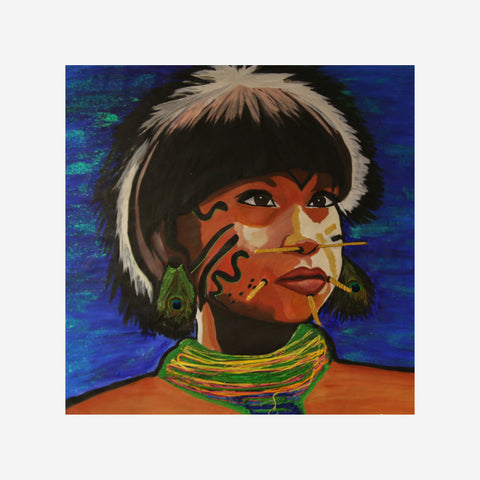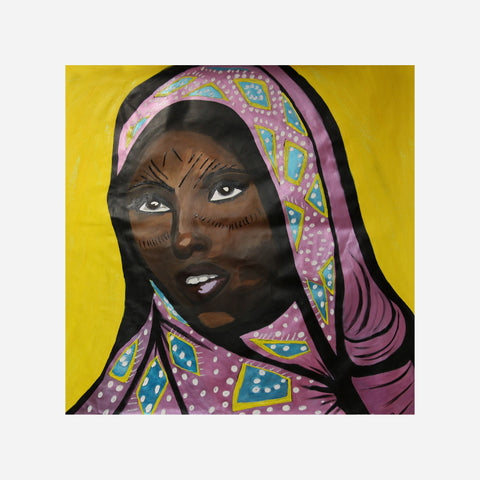African Princess
NextHow it is performed Body & face modification is performed in various ways depending on the purpose and tribe. A sharp object (sometimes a stone or coconut shell) was pressed and dragged across the flesh in patterns and designs leaving behind cuts, then some dark pigment such as charcoal or other acerbic plant juice were rubbed into the wound to create permanent blisters, others use fish hooks to pull the skin and then slice it with a sharp object. Once the wound is inflicted they were further inflamed by rubbing ash and other substances into it, these cuts when healed form heavy raised scars known as Keloids. These scars have a historical and cultural significance. Scarifying women. Although most women would do anything including facing plastic surgeons knife to remove or conceal scars on their faces, in some African countries many women looked at these facial scares as marks of beauty and family pride. In some tribes whenever a woman gave birth to a son, a small mark was put on her face. Scarifying especially on the stomach was a sign of fertility and willingness too bear children. People believed if a woman was capable of enduring the scarring pain then she was all geared up for the childbirth pains. it was also desirable quality in a future wife, and welcoming gesture from girl to woman-hood. Men found them attractive and they claim raised scars stay sensitive for many years and give erotic sensation in both men and women when touched or stroked.
Available in brushed aluminum
Dimensions: 40"x40"
How it is performed Body & face modification is performed in various ways depending on the purpose and tribe. A sharp object (sometimes a stone or coconut shell) was pressed and dragged across the flesh in patterns and designs leaving behind cuts, then some dark pigment such as charcoal or other acerbic plant juice were rubbed into the wound to create permanent blisters, others use fish hooks to pull the skin and then slice it with a sharp object. Once the wound is inflicted they were further inflamed by rubbing ash and other substances into it, these cuts when healed form heavy raised scars known as Keloids. These scars have a historical and cultural significance. Scarifying women. Although most women would do anything including facing plastic surgeons knife to remove or conceal scars on their faces, in some African countries many women looked at these facial scares as marks of beauty and family pride. In some tribes whenever a woman gave birth to a son, a small mark was put on her face. Scarifying especially on the stomach was a sign of fertility and willingness too bear children. People believed if a woman was capable of enduring the scarring pain then she was all geared up for the childbirth pains. it was also desirable quality in a future wife, and welcoming gesture from girl to woman-hood. Men found them attractive and they claim raised scars stay sensitive for many years and give erotic sensation in both men and women when touched or stroked.
Available in brushed aluminum
Dimensions: 40"x40"
Returns Policy
There are no returns on paintings, prints or home décor. Credit will be issued on any returns of fashion brands and accessories, al long as items are returned in new, non worn condition.
Shipping
When you place an order, we will estimate shipping and delivery dates for you based on the availability of your items and the shipping options you choose. Depending on the shipping provider you choose, shipping date estimates may appear on the shipping quotes page.
Please also note that the shipping rates for many items we sell are weight-based. The weight of any such item can be found on its detail page. To reflect the policies of the shipping companies we use, all weights will be rounded up to the next full pound.

